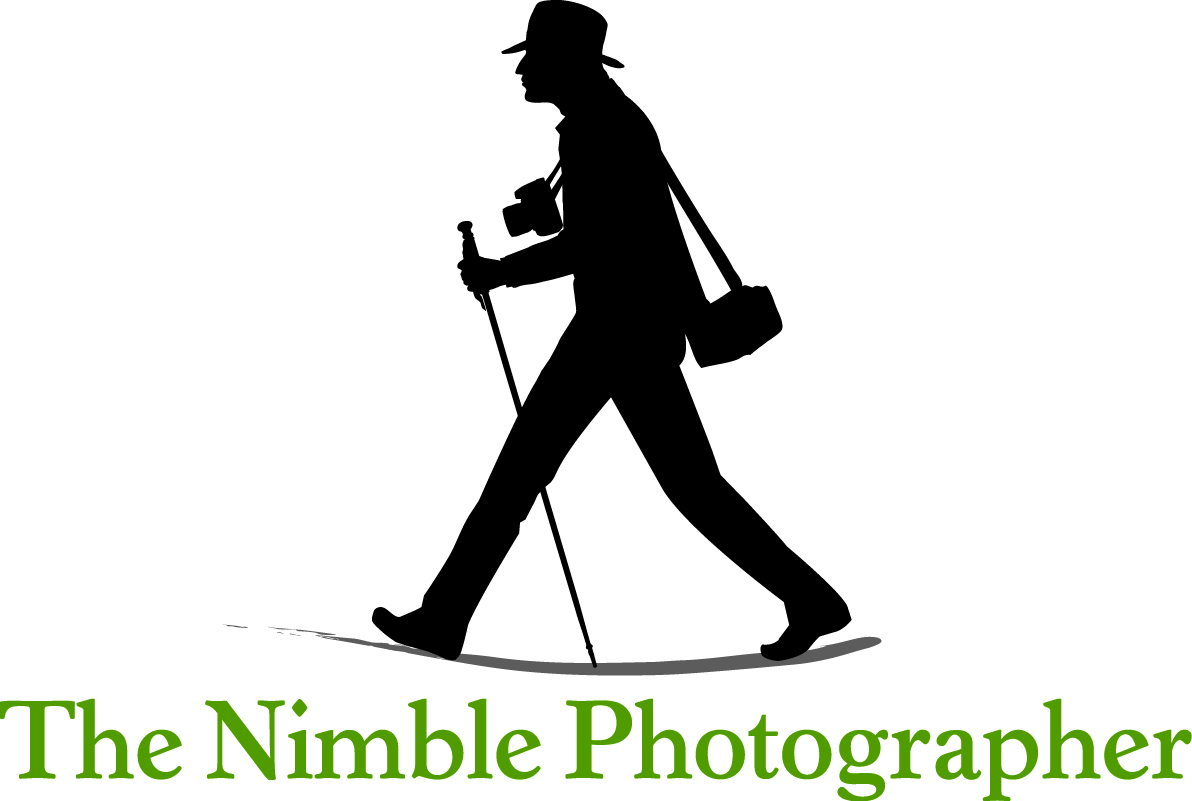I've been reading about the closing of Calumet Camera stores here in the US.
On one level, I'm not surprised. On another, I'm worried. I'm concerned that speciality stores, whether they feature cameras or candles, are struggling to adapt to our changing economy. Don't get me wrong, I'm fine with online - just not online only.
That's one of the reasons that my workshops are so important to me. They're my brick-and-mortar store where people can interact with one other, face to face. Physical experiences are important.
This approach is harder. It's more expensive and requires more energy. We all put a lot into each workshop, both facilitators and attendees. And at the same time, there's nothing in the world like it.
Part of Calumet's problem appeared to have been keeping stock on hand. A photographer who walks into a store wants to hold the gear. Placing a "special order" isn't going to cut it. He can do that himself. It's called B&H or Amazon.
For the same reason, I don't show movies at workshops. People don't want a video on how to photograph a model. They want to take her picture.
If we're going to preserve the physical retail world, then we need to offer an experience that you can't get online. If you come to my workshop, I'm going to take you to lunch and discuss photography. Web site training can't give you that.
I feel bad for the retailers who are fading away. But I'm also disappointed in many of them. Put some energy and creativity into the experience. Make it real.
Believe me, I'm not the only who doesn't want an online-only world.
-Derrick
